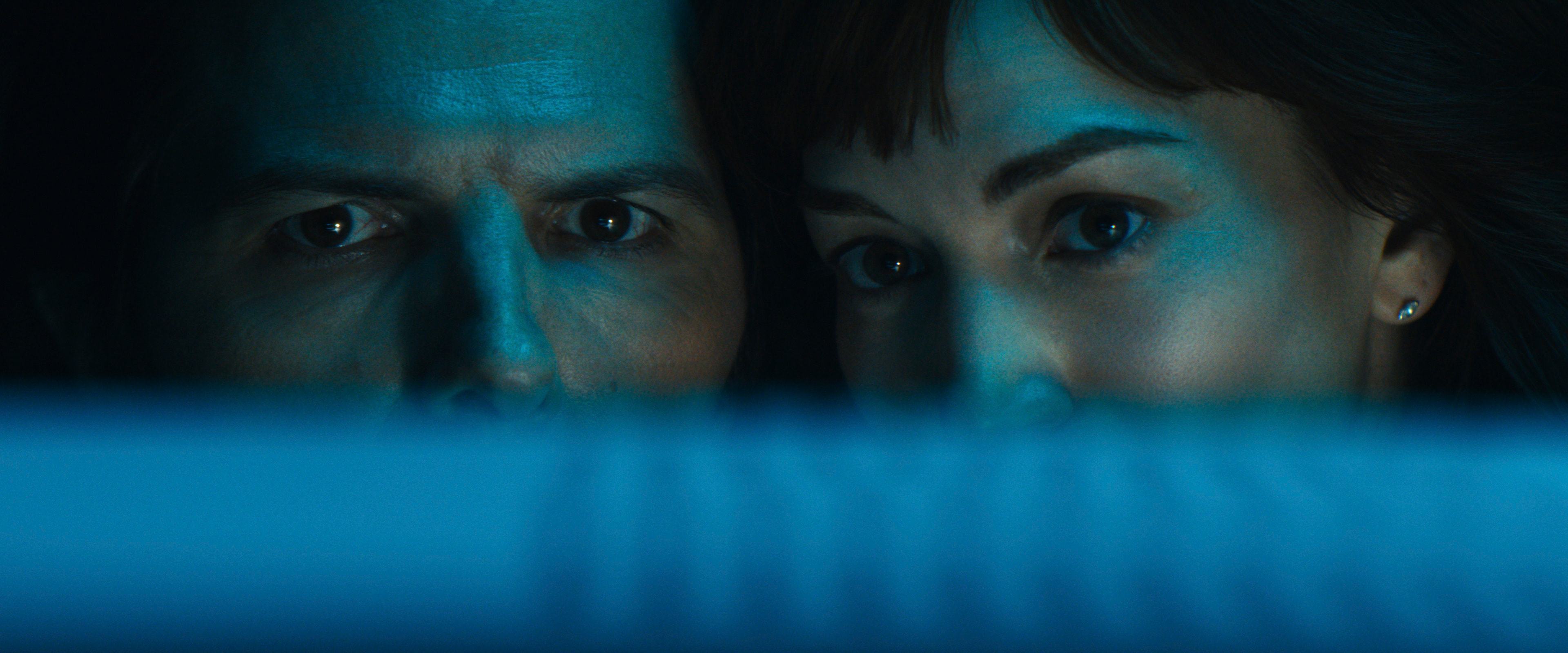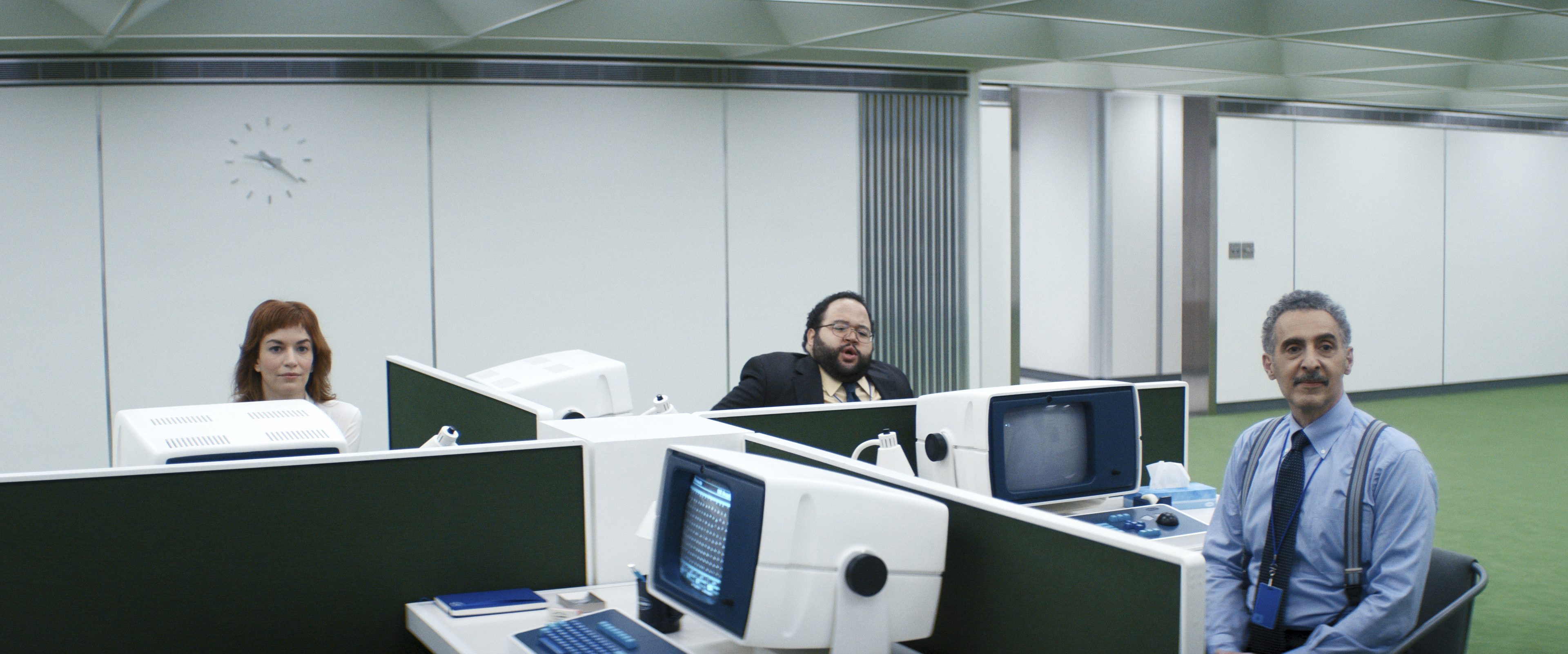
Severance Explained: What the Hit Show Is Really About
Severance centers on Lumon Industries’ radical procedure that severs employees’ work memories from their personal lives, creating two distinct selves—an unknowing “Innie” trapped in a mysterious office complex, and an “Outie” free in the outside world but unaware of what happens at work.
As the story unfolds, the characters’ desperate struggle to reconnect these halves becomes an unsettling mirror for how modern life—and especially modern work—fractures our identities, enforces rigid roles, and rewards efficiency over authenticity.
1. The Mind as a Lean Machine
Lumon’s “severance” procedure forces a total bifurcation of identity: the Innie knows only the sterile workplace, while the Outie inhabits the outside world with no recollection of office life. This radical partition mirrors how our brains use heuristics—mental shortcuts—to sift through endless data, compressing complex realities into bite-sized roles. Just as Lumon engineers a stripped-down “work self,” our minds streamline experience to maximise efficiency, often at the cost of nuance and authenticity.
2. Corporate Scripts and Social Stereotypes

The company’s rigid routines, monitored by ever-present cameras and mysterious “Macrodata Refinement” algorithms, echo the social scripts we unconsciously perform. In real life, we’re boxed into stereotypes—by race, class, gender, or job title—and rewarded for sticking to the script. Lumon takes this to the extreme: any deviation from the approved “work self” triggers alarms and disciplinary measures. The show asks: what happens when the scriptwriter is a corporation rather than society at large?
3. The Labyrinth of Compliance

Severance’s sprawling office—endless hallways, locked stairwells, dead-end corridors—becomes a physical maze of compliance. Employees learn its patterns to avoid punishment, just as we learn to navigate societal expectations to protect our status and sense of belonging. The stakes in Lumon’s world feel immediate and eerie, but they reflect the invisible tightropes many of us walk in careers where a single misstep can cost promotions, reputation, or well-being.
4. Erosion and the Quest for Wholeness

As the series progresses, characters like Mark, Helly, and Irving begin to question their fragmented realities. Their rebellion—sharing memories in a secret break room, seeking hidden archives—parallels a universal urge to reclaim our full selves. When social or corporate pressures force us into neat categories, we lose sight of our deeper motivations and needs. Severance dramatizes the difficulty—and necessity—of reintegration, suggesting that true productivity and creativity emerge only when mind, heart, and experience align.
Conclusion
At its heart, Severance is more than a sci-fi mystery; it’s a metaphor for the compromises and sacrifices demanded by today’s work culture—and by our own mental shortcuts. Whether you’re already hooked on Lumon’s intrigue or curious what all the buzz is about, the show challenges us to ask: How divided is your own life? And what would it take to bridge that gap? Dive in, and get ready to question everything you thought you knew about memory, identity, and the cost of efficiency.



